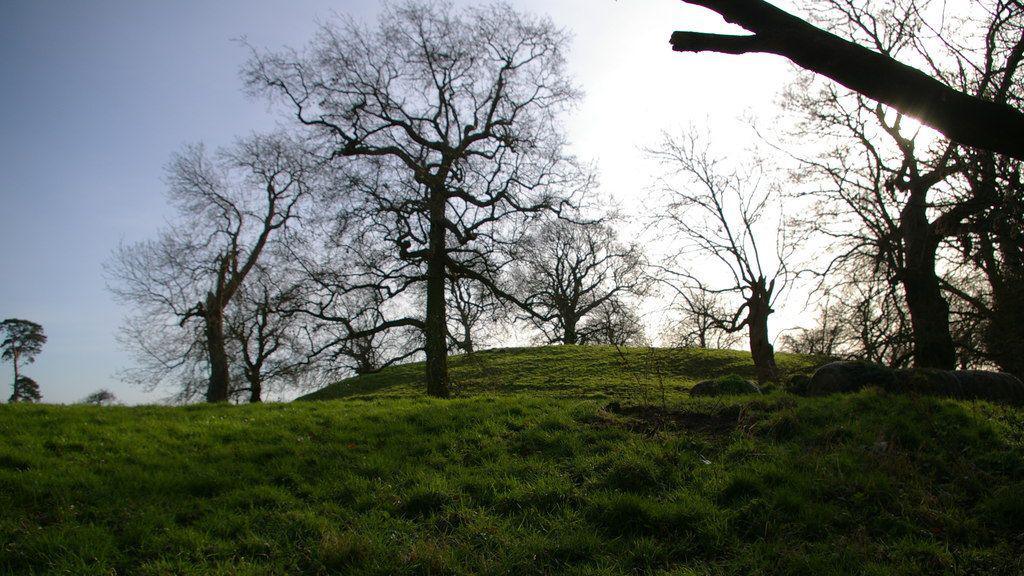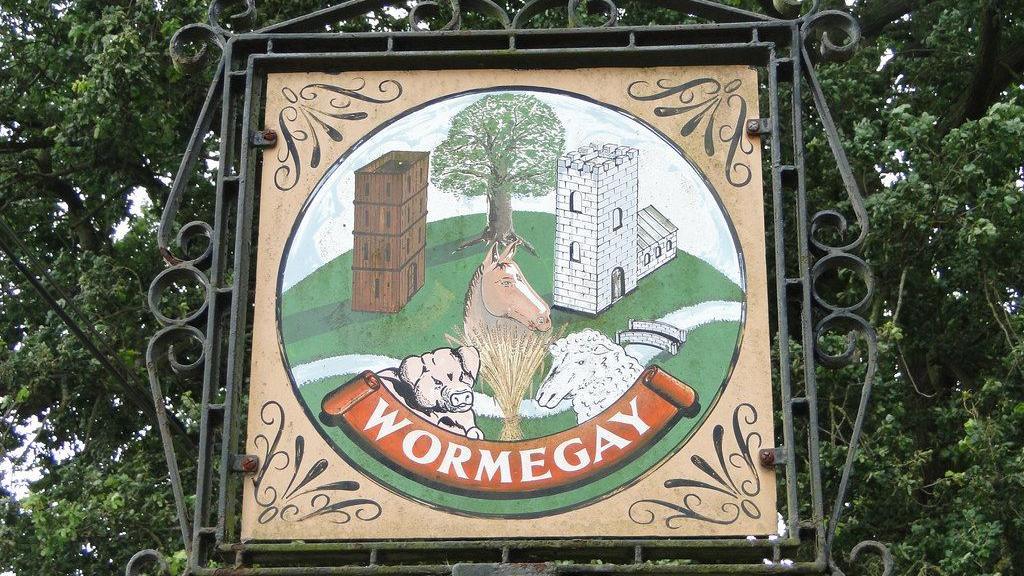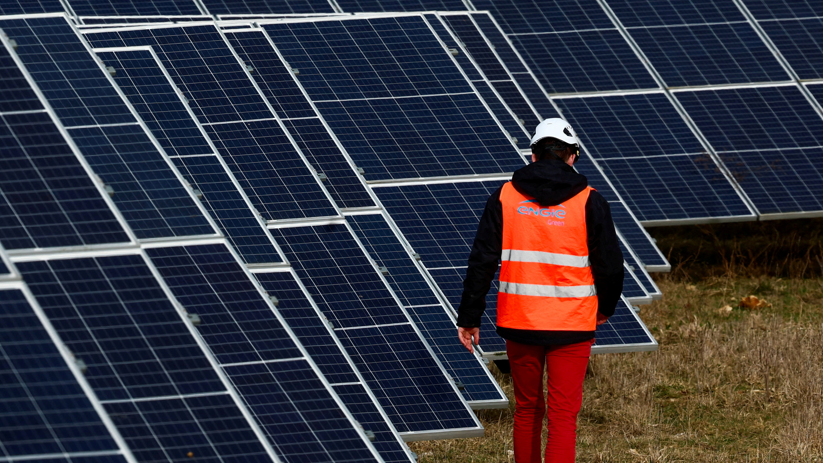Wormegay Castle site scuppers solar farm plan

The project included plans which would have seen five rows of solar panels installed in a field nearby to the castle remains
- Published
Plans to build a solar farm close to the mound remains of a 12th Century castle have been rejected by a council on heritage grounds.
The project would have seen five rows of solar panels installed in a field at Wormegay near King's Lynn, Norfolk, which would have generated about 691,000 kWh of energy a year and helped power a food processing plant.
But the remains of Wormegay Castle have been classified as a "scheduled monument", with strict protection measures in place.
The Planning Inspectorate said the castle was of "national importance", with the remains of a tower and buildings within the bailey, or courtyard, hidden underground.
In a former life, the castle was strategically important in this part of the Fens and the estate provided guards who protected the royal settlement of Norwich Castle.

Wormegay's village sign depicts the 12th Century castle
The Local Democracy Reporting Service said the plans - proposed by farming firm Alfred G Pearce - were also opposed by Historic England.
It described the castle remains as a "good example of this class of monument" saying the remains will contain "archaeological information concerning the date of construction".
The Planning Inspectorate said any benefit from the green energy on the site would be outweighed by the potential harm to heritage.
A number of solar farms have been proposed for the county including one of the biggest for the region at Gissing, near Long Stratton which the Local Democracy Reporting Service speculated could cover about 5,000 acres (2,023 hectares).
Get in touch
Do you have a story suggestion for Norfolk?
Follow Norfolk news on BBC Sounds, Facebook, external, Instagram, external and X, external.
- Published26 December 2024

- Published22 November 2024
